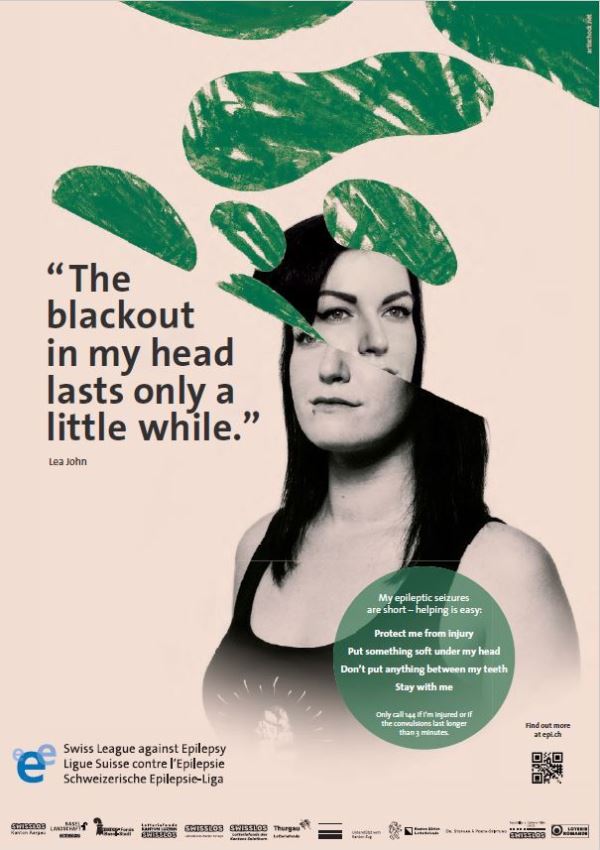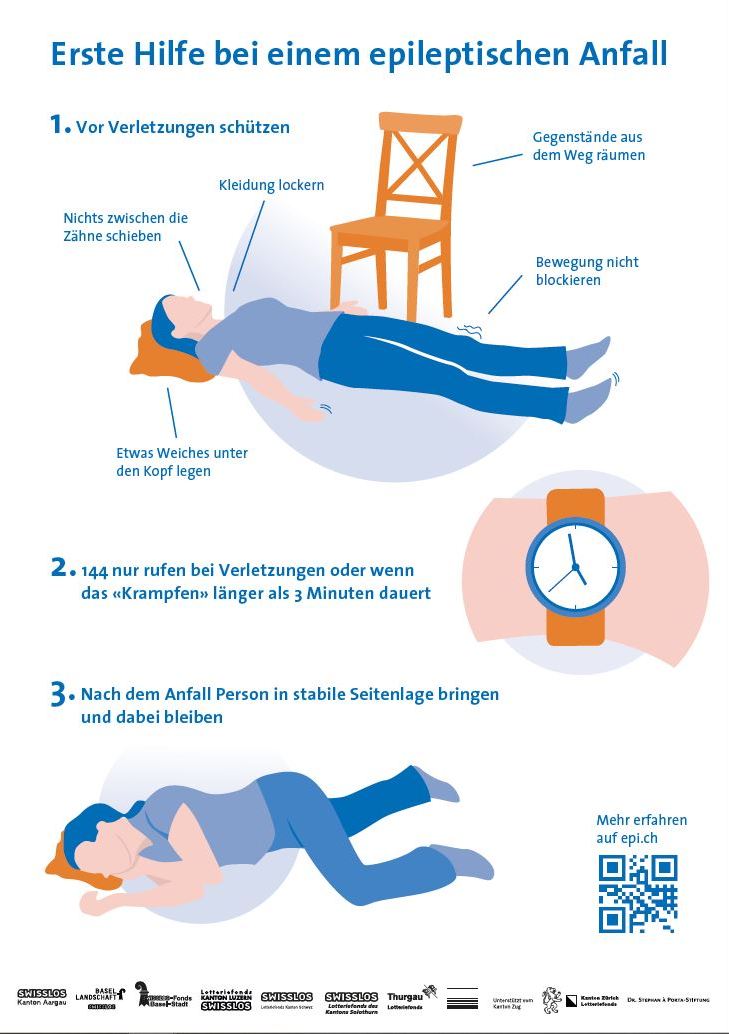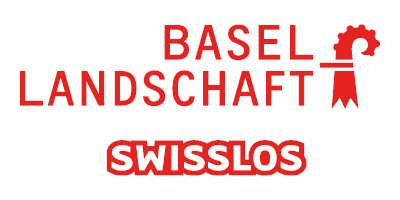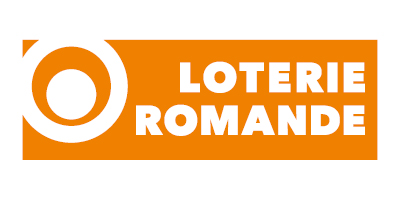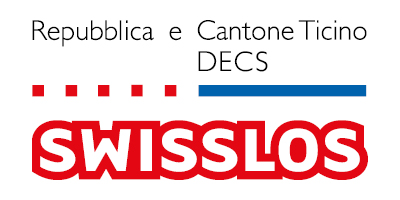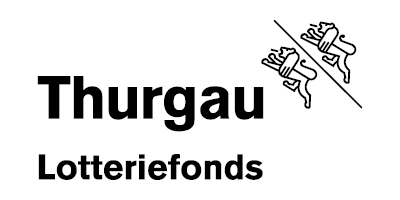
“First aid during a seizure” information campaign
In autumn 2020 the Swiss League Against Epilepsy has launched a national campaign explaining how to provide first aid during an epileptic seizure. It explains how do to this from the point of view of people living with epilepsy, because providing help is actually very easy – and you don’t always need an ambulance. The clear and simple campaign explains what to do, and features the experiences of three people with epilepsy who have also allowed their images to be used on the visuals.
First aid during an epileptic seizure
1. Prevent injury
- Do not put anything between the person’s teeth
- Put something soft under their head
- Loosen any tight clothing
- Move any nearby objects
- Do not attempt to prevent the convulsions
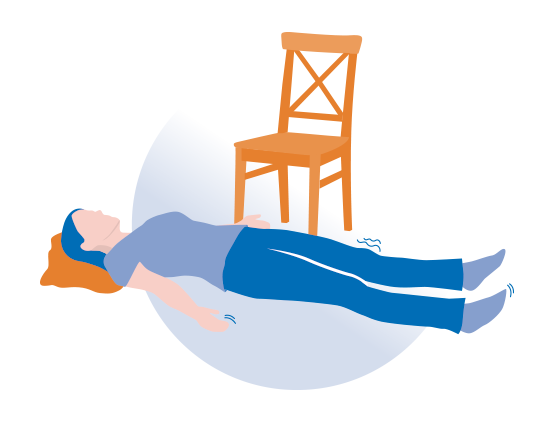
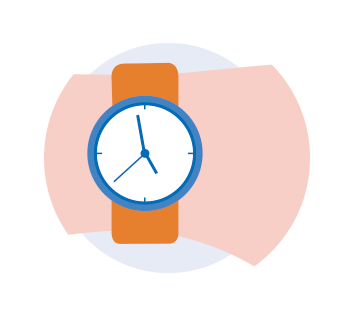
2. Only ring an ambulance if…
- The person has serious injuries
- The convulsions last longer than 3 minutes
After the seizure
- Place the person into the recovery position
- Stay with them
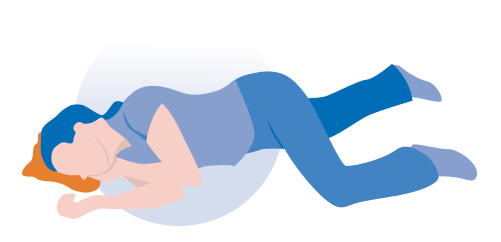
People with epilepsy tell their stories
Lea John, Nadja Brönnimann and Thomas Jud all have epilepsy and have agreed to share their experiences as part of the information campaign. Their photos are featured on the posters, flyers and other advertising materials. Here the three of them talk about their experiences of epilepsy and how they would like bystanders to react if they see them having a seizure. The three posters can be downloaded in PDF format or are available to order from us.
Lea John
Why is the campaign important to you?
We are completely normal people, we just have an illness. Epilepsy is part of my life, I acknowledge and accept it. Lots of people don’t know what epilepsy is or how they can help, which is why I’m pleased that this campaign is going to explain. What’s important for me is the opportunity to show people how they can help if someone has an epileptic seizure. Helping isn’t difficult.
How do you relate to the visual used in the campaign?
It shows exactly how I feel when I’ve had a seizure: like there’s been a storm in my brain, confusion and loss of orientation.
Have you ever had a seizure in a public place?
Yes. People thought I’d had too much alcohol, but I’d only drunk iced tea. I felt misunderstood and judged. Lots of people don’t know what to do if someone has an epileptic seizure, and simply look away.
In your opinion what do the public need to know about epilepsy?
What’s really important to me is: Help. Don’t look away. Epilepsy isn’t contagious. I don’t mind people asking me about my illness and I’m happy to tell them about it. That helps increase awareness so that people are less judgmental and more supportive.
Nadja Brönnimann
Why is the campaign important to you?
For bystanders in particular it’s important to know what to do. I hope this campaign can help explain epilepsy and seizures because they aren’t as bad as they look.
How do you relate to the visual used in the campaign?
I can identify with it completely, it’s very apt.
Have you ever had a seizure in a public place?
Yes. It was awful because bystanders filmed me rather than helping me. It took me a long time to get over the experience. There was also one person who kept on talking at me after the seizure. That was really confusing and unpleasant because I had fallen during the seizure and was concussed.
In your opinion what do the public need to know about epilepsy?
When I’ve had a seizure what I really want is for someone to stay with me and be there for me, but not keep on asking me questions. I’d also like them not to always call an ambulance straight away. That’s not usually necessary.
Thomas Jud
Why is the campaign important to you?
This illness affects many people much more than it affects me, and for them daily life is a struggle. I’d like to show solidarity with those people and raise public awareness of epilepsy.
How do you relate to the visual used in the campaign?
It gets the message across perfectly. After a seizure I’m confused and feel empty.
Have you ever had a seizure in a public place?
Not yet, luckily!
In your opinion what do the public need to know about epilepsy?
Please don’t look away. It’s important to help. Whatever the scenario – so in other emergencies, too!




